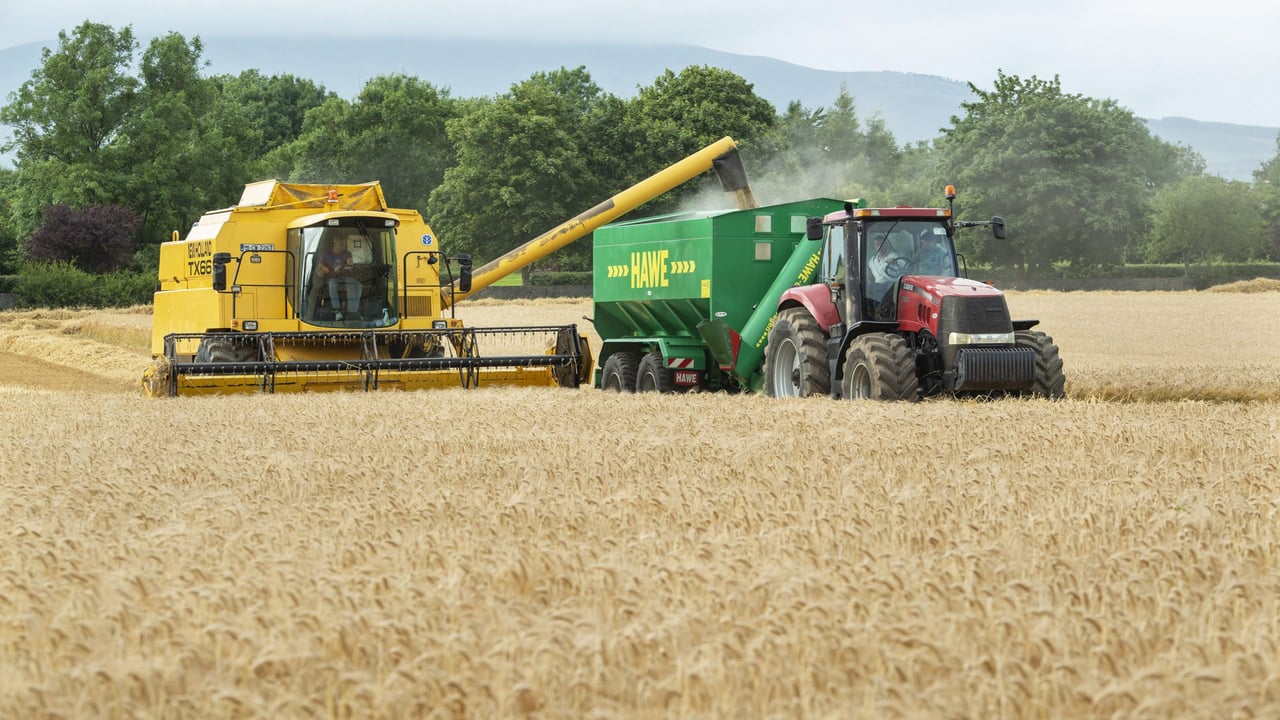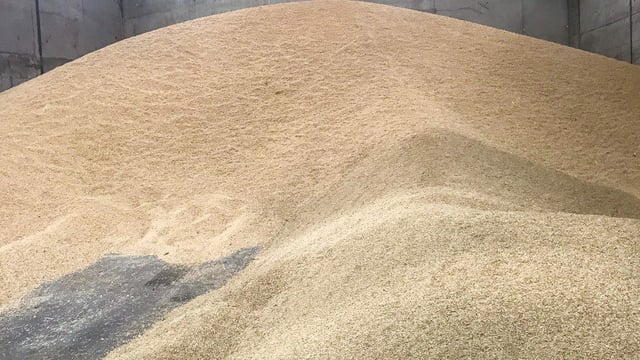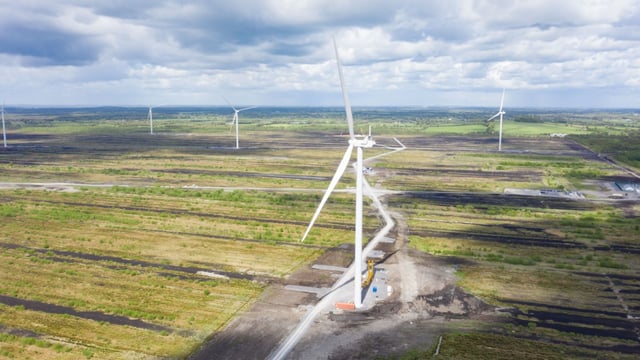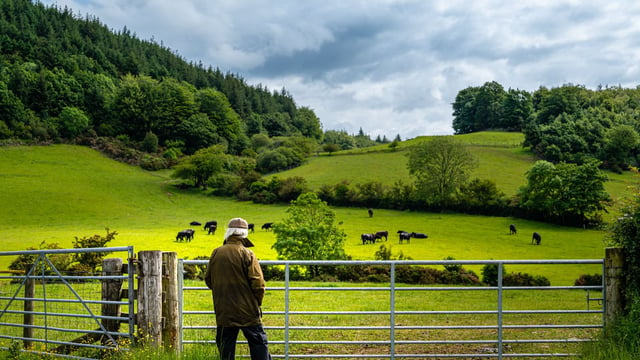Harvest update: Most crops now harvested following dry weather
In the latest harvest update, in many areas, most crops are now harvested with the dry weather making conditions for cutting and baling ideal.
Crops like spring beans and spring oilseed rape are still a few weeks away yet, but almost everything else should be harvested by the middle of the month, according to Teagasc.
Teagasc tillage specialist Shay Phelan commented: “Yields are reported to be above average even at low moistures.
“It’s still a bit early to start sowing oilseed rape. But many growers will be tempted over the coming days.”
Looking ahead, Phelan confirmed that almost 30,000ha of cover crops are grown in Ireland ever year.
Some are grown as part of the Green Low-Carbon Agri-Environment Scheme (GLAS) scheme, while others are grown for soil improvement, and others are grown to feed livestock.
“No matter what their end use, to get the maximum amount of benefit from them, there are a couple of tips that farmers should follow," Phelan continued.
“The GLAS scheme contains a lot of brassica species, which can have an impact on disease levels if oilseed rape is in the rotation. We have seen quite a bit of clubroot in 2022.
“Minimum cultivation techniques should be used with rolling to follow in order to maximise establishment.
“Some cover crops mixes can be expensive. Cultivating too deep will also add to the cost," he explained.
Teagasc Agricultural Sustainability Support and Advisory Programme (ASSAP) advisor Fiona Doolan confirmed that nitrate is extremely mobile in tillage soils.
She explained that, during periods of rainfall, nitrate will leach down into groundwater, if there is no actively growing crop in place to capture it.
“Nitrate has a very harmful effect on water quality,” said Doolan.
“In a tillage system, it is the period directly after harvest, when fields are fallow, that we have the greatest risk of nitrate loss.
“Any catch crop is better than fallow ground when it comes to the prevention of nitrate leaching.”





